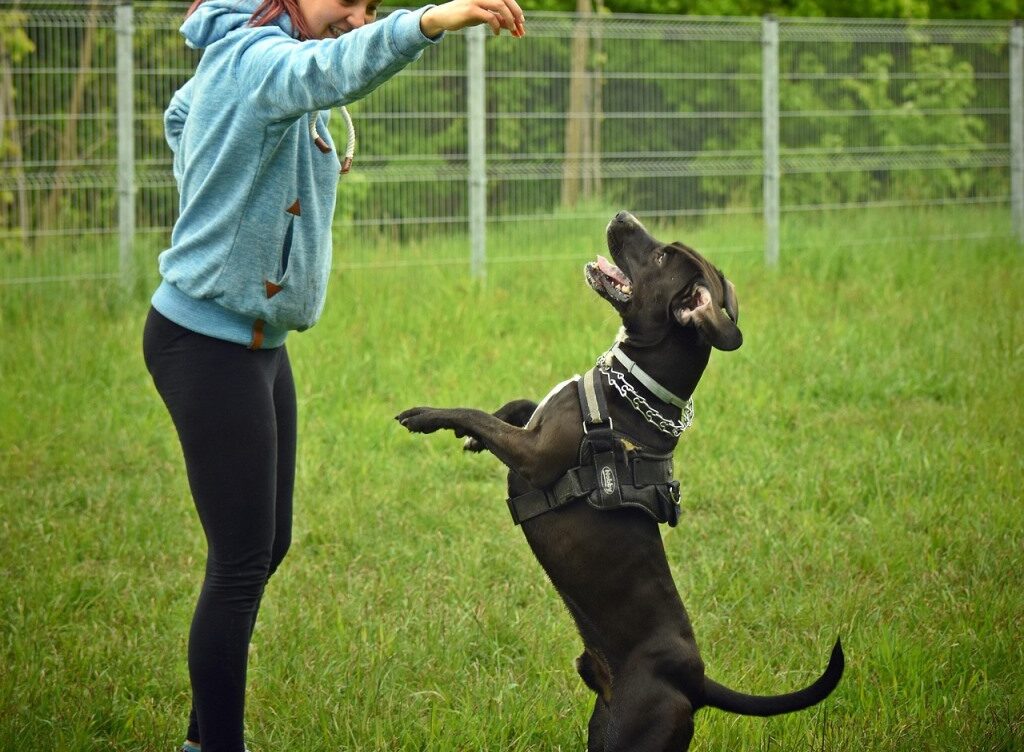
The Importance of Mental Stimulation for Pets
Pets, just like humans, require mental stimulation to stay happy and healthy. Mental exercise is crucial for preventing boredom, reducing anxiety, and enhancing overall well-being. Whether you have a dog, cat, or other companion animal, incorporating mental enrichment into their daily routine can lead to a more fulfilled and balanced pet.
Why Mental Stimulation is Essential
1. Prevents Boredom and Destructive Behavior
Pets that lack mental engagement may become bored and resort to destructive behaviors such as excessive chewing, scratching, or digging. Providing engaging activities helps redirect their energy in positive ways.
2. Reduces Anxiety and Stress
Mental stimulation helps pets feel engaged and secure, reducing anxiety and stress-related behaviors like excessive barking, meowing, or pacing.
3. Enhances Learning and Problem-Solving Skills
Engaging pets in problem-solving tasks, such as puzzle toys and training exercises, improves their cognitive abilities and keeps their minds sharp.
4. Strengthens Bond with Owners
Interactive games and training sessions create opportunities for bonding between pets and their owners, improving trust and communication.
5. Encourages Physical Activity
Many mentally stimulating activities, such as interactive play or scent games, also promote physical movement, contributing to a pet’s overall health.
Ways to Provide Mental Stimulation
1. Puzzle Toys and Treat Dispensers
Toys that require pets to solve puzzles in order to access treats can keep them entertained while enhancing problem-solving skills.
2. Training Sessions
Teaching new commands, tricks, or agility exercises engages a pet’s brain and reinforces positive behavior.
3. Scent Work and Hide-and-Seek Games
Dogs and cats enjoy using their sense of smell to explore. Hiding treats around the house encourages them to use their natural hunting instincts.
4. Rotating Toys and Enrichment Activities
Switching out toys and introducing new activities regularly helps prevent boredom and keeps pets engaged.
5. Interactive Playtime
Games like fetch, tug-of-war, or laser pointers provide both physical and mental exercise, especially when combined with problem-solving elements.
6. Socialization Opportunities
Introducing pets to new environments, people, or animals can offer mental enrichment and prevent behavioral issues related to fear or aggression.
7. DIY Enrichment Activities
Creating homemade enrichment activities, such as cardboard box mazes or frozen treat challenges, can be a cost-effective way to stimulate your pet.
